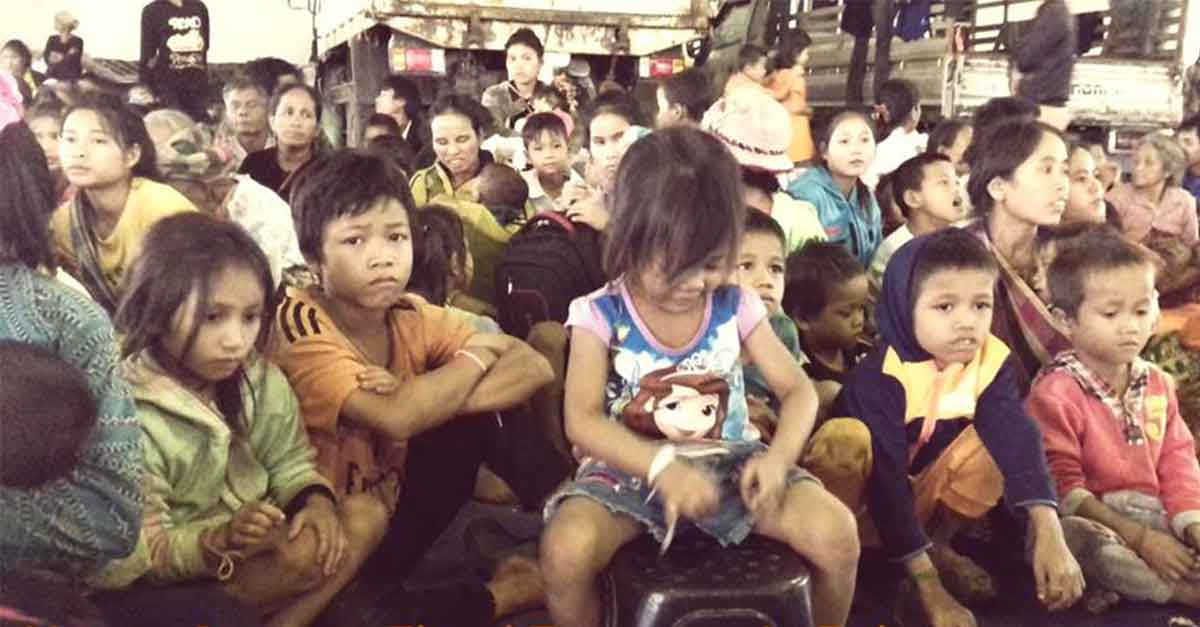The tragic loss of life and heavy impacts on livelihoods amid disaster triggered by pounding rains and rushing waters means there is no doubt 2018 has proved a challenging and heartbreaking one for too many people in Laos.
This rainy season has impacted on lives and livelihoods, and nowhere more than in Sanamxay district in Attapeu province, site of the impact of the water released by the collapse of Saddle Dam D at Xe Pian Xe Namnoy project still under construction.
An assessment of the total impact is being conducted as a concerted effort by the government, supported by the United Nations, the World Bank and the European Union – EU and is meant to provide in-depth insight on the damage the floods have caused, as well as to define what is needed to fully recover from such impacts.
The importance of accurately and timely measurement of impacts and recovery efforts saw the launch of the 2018 Post-Disaster Needs Assesment Monday attended by some 150 including government representatives led by the Minister of Labour and Social Welfare.
The effort will cover the entire country, and focus will be put on the most affected, Minister of Labour and Social Welfare and Chairman of the National Disaster Prevention and Control Committee (NDPCC), Dr Khampheng Saysompheng told the opening ceremony of the orientation on the Post Disaster Needs Assessment (PDNA).
Disasters reduce development gains & hamper economic growth, meaning that planning and building in resilience are essential in an era of climate change and to achieve Laos National Socio-Economic Development Plans and the United Nations’s Sustainable Development Goals (SDGs), the meeting heard.
A total of 2,409 villages with 113,507 families have been affected by disasters nationwide in 2018, the NDPCC reported.
Around 17,000 people are currently evacuated from their villages, and 500 kms of damaged roads are making access to these areas difficult.
Some 62 million dollars’ worth of crops and farmlands have been hit and more than 100,000 hectares of paddy fields have been damaged.
Authorities have arranged temporary accommodation for 3,616 families whose homes were damaged or destroyed.
As the figures suggest, accurately gauging the extent of the impact nationwide is an ongoing challenge.
As such, government officials met with counterparts of development partner bodies to hold a brainstorming session on ways to best assist flooding victims nationwide and estimate damages and losses caused by the slew of recent disasters across the country.
The objectives of the meeting were to assess costs and losses caused by the recent floods across the country, to identify recovery needs to develop a sustainable recovery strategy and to guide donors funding, aiming to build back better and safer and ensure a more successful, resilient and sustainable recovery.
Dr Khampheng called on the participants to share lessons learned from other natural disasters for the successful implementation of relief and rehabilitation measures.
UN Resident Coordinator and UNDP resident representative, Ms Kaarina Immonen said while the Asia–Pacific region experienced rapid economic growth, disaster risk is outpacing resilience.
For Laos, the emphasis on strengthening disaster risk management is particularly important as this will build resilience to future extreme weather events, Ms Immonen said.



